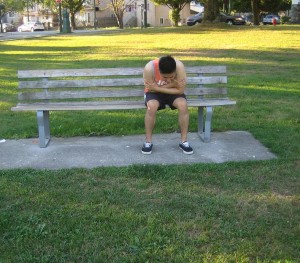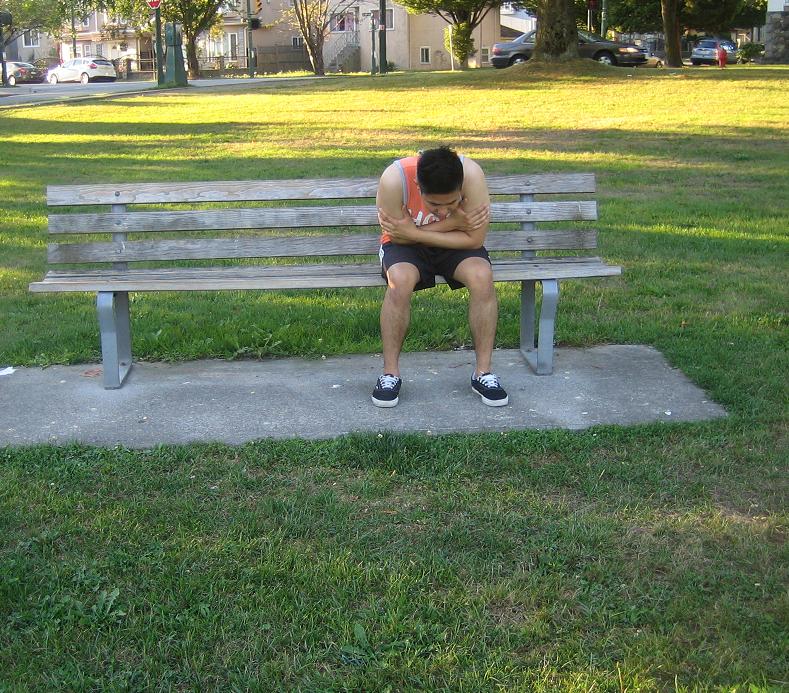Cluster headaches are characterized as intensely painful episodes that occur as clusters. An individual can experience series of headache attacks that are followed by periods free from headaches.
The frequency of the headaches during these cycles can range from a single episode every other day to a number of headaches in a day. The pain from cluster headaches can be severely intense. Those who are usually affected include teenagers and middle age individuals but can still occur at any age.
Types of cluster headaches
- Episodic – occurs regularly between a week and a year that is followed by a period free from episodes for a month or longer.
- Chronic – occurs on a regular basis longer than a year and followed by a period free from episodes for less than a month.
Take note that an individual with the episodic type can develop the chronic type and vice versa.
What are the causes?
The discomfort from cluster headaches is triggered by the widening or dilation of the blood vessels supplying blood to the face and the brain. This widening adds pressure to the trigeminal nerve that sends sensations from the face to the brain. It is still unknown why the widening occurs.
It is believed that irregularities in the hypothalamus which is a small region of the brain regulating blood pressure, temperature, sleep and hormones might be responsible for the cluster headaches.

In some cases, the headaches can also be triggered by the abrupt release of the chemical histamine that fights off allergens or serotonin which controls the mood.
How is it diagnosed
The doctor usually asks questions regarding the symptoms and conduct a physical and neurological exam. This might include a CT scan or MRI of the brain to rule out other possible causes for the headaches such a brain tumor.
Management
The treatment for cluster headache is aimed on alleviating and preventing the symptoms with the help of medications. In rare circumstances, surgery might be recommended by the doctor if pain relief and preventive measures are not effective.
Pain medications
Pain medications are used to alleviate the pain once it starts. The commonly used treatment measures include the following:
- Oxygen – providing the individual with 100% pure oxygen once the headache starts can alleviate the symptoms.
- Triptans – the nasal spray medication specifically sumatriptan or other variants work by constricting the blood vessels that eases the pain.
- Capsaicin cream – the topical variant can be applied on the sore area.
- DHE (dihydroergotamine) – this injectable medication often relieves the pain within 5 minutes of use.
Preventive medications
These medications are used to stop the headaches before they start. Remember that they are not completely effective but can minimize the frequency of the episodes.
- Blood pressure medications (verapamil or propranolol) work by relaxing the blood vessels
- Anti-depressant medications
- Steroid medications work by reducing the nerve inflammation
- Ergotamine works by preventing the dilation of the blood vessels
- Anti-seizure medications
- Muscle relaxants
- Lithium carbonate
Surgery
The last resort is no other than surgery which is a procedure that disables the trigeminal nerve. This surgical procedure can lead to permanent relief from pain for some individuals but serious side effects such as lasting facial numbness can occur.

